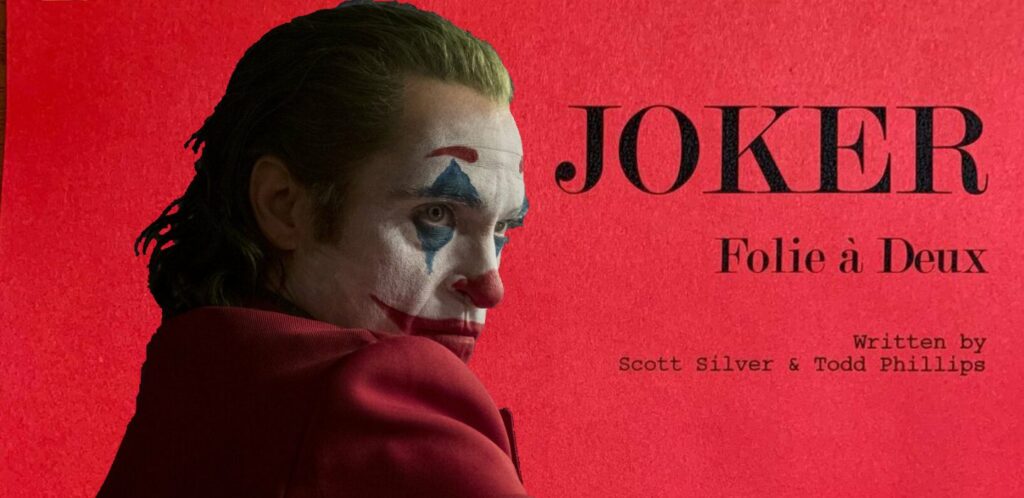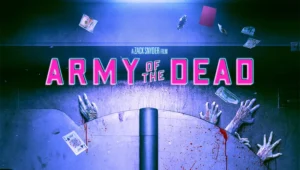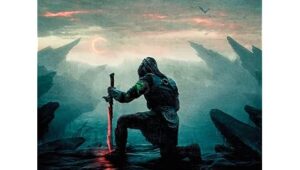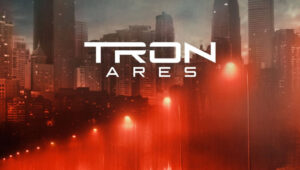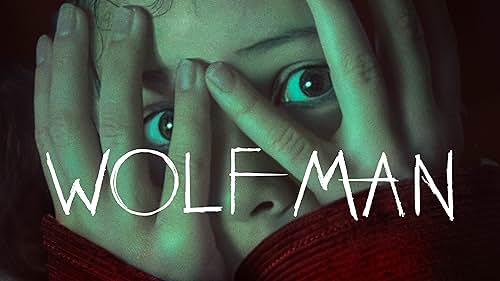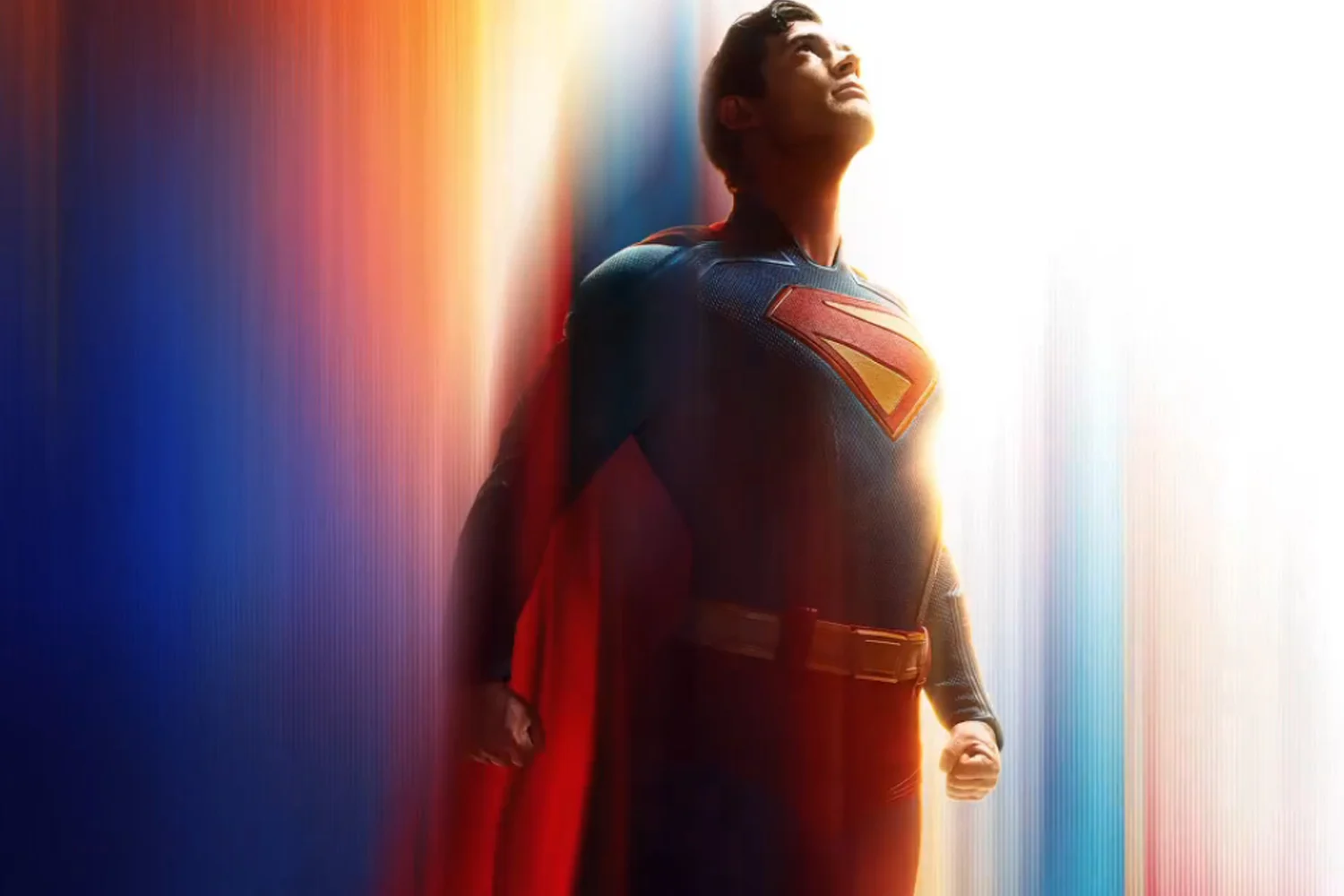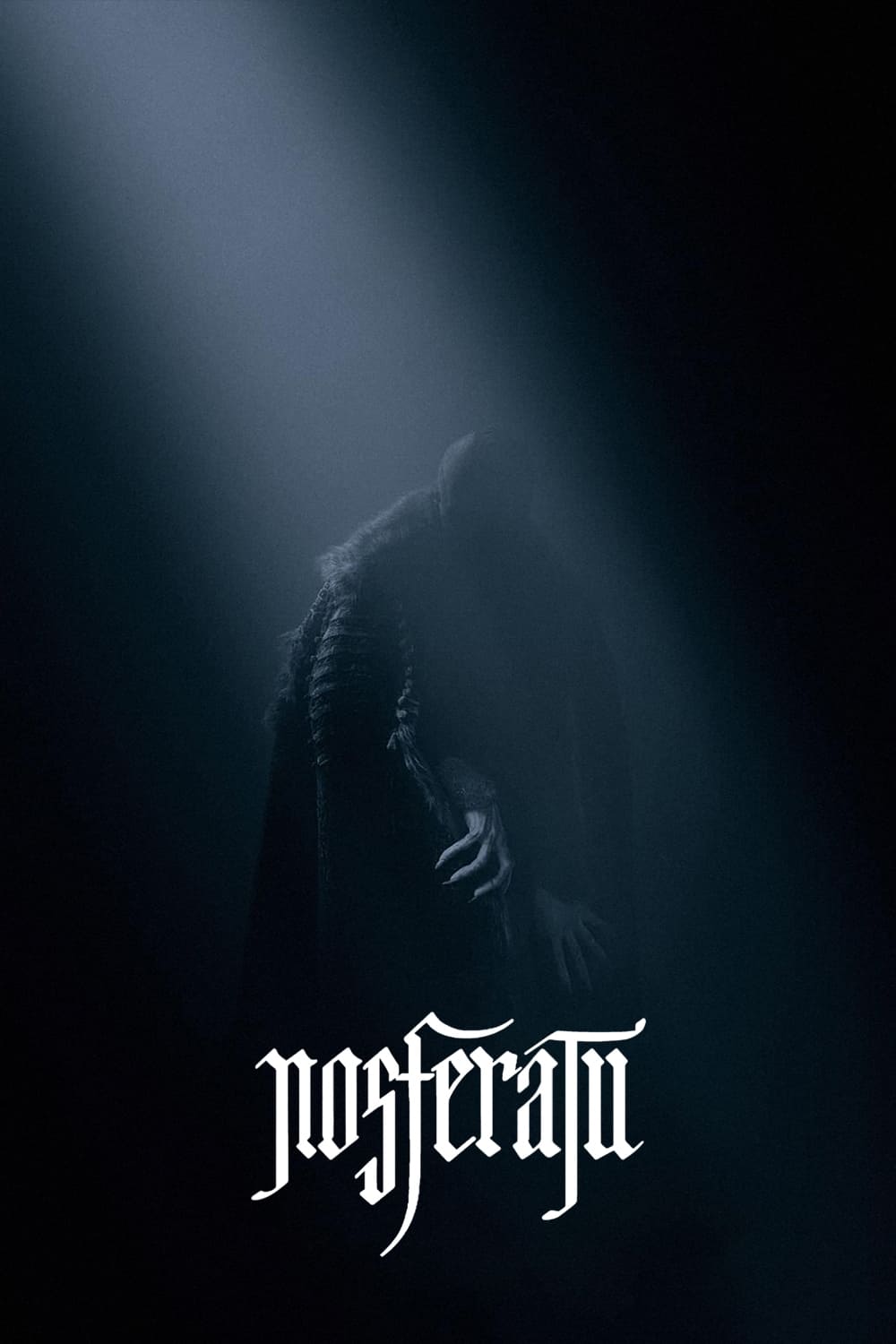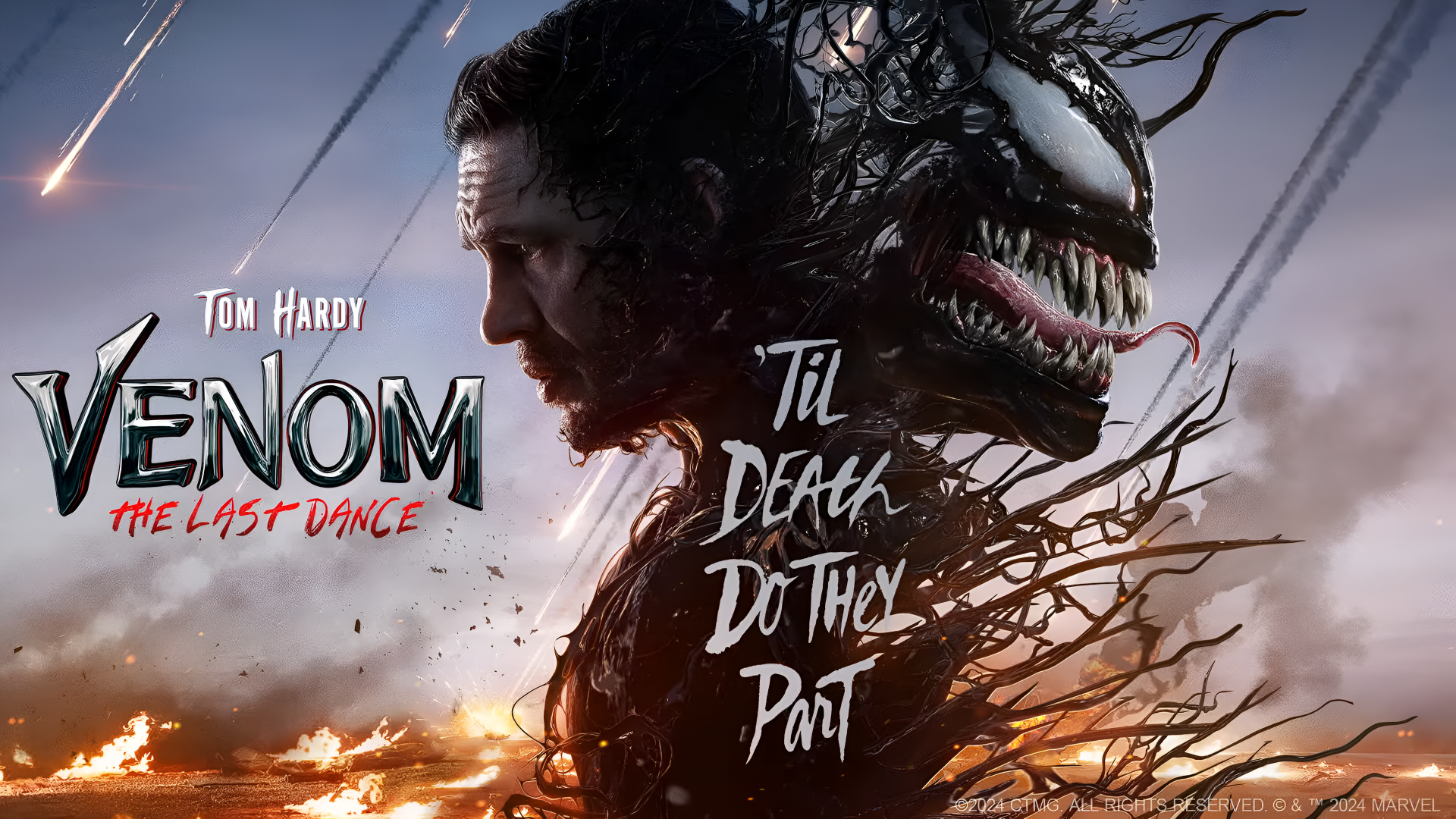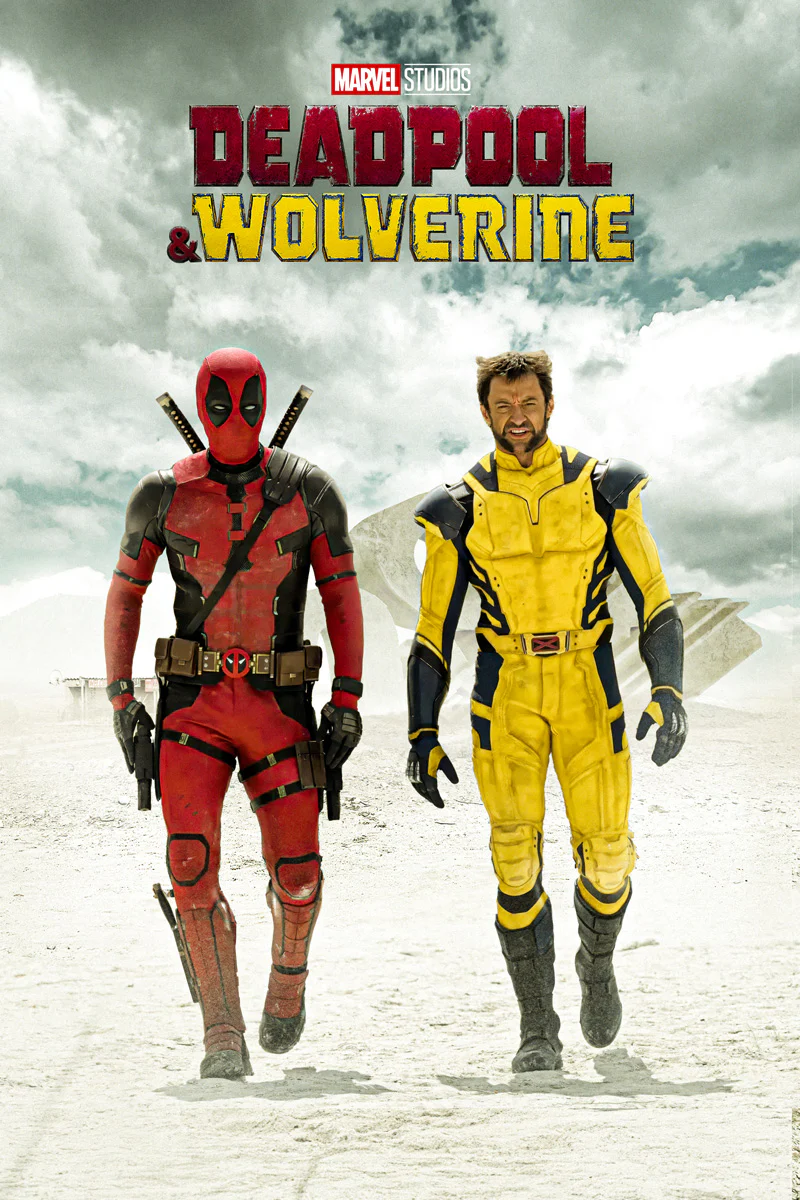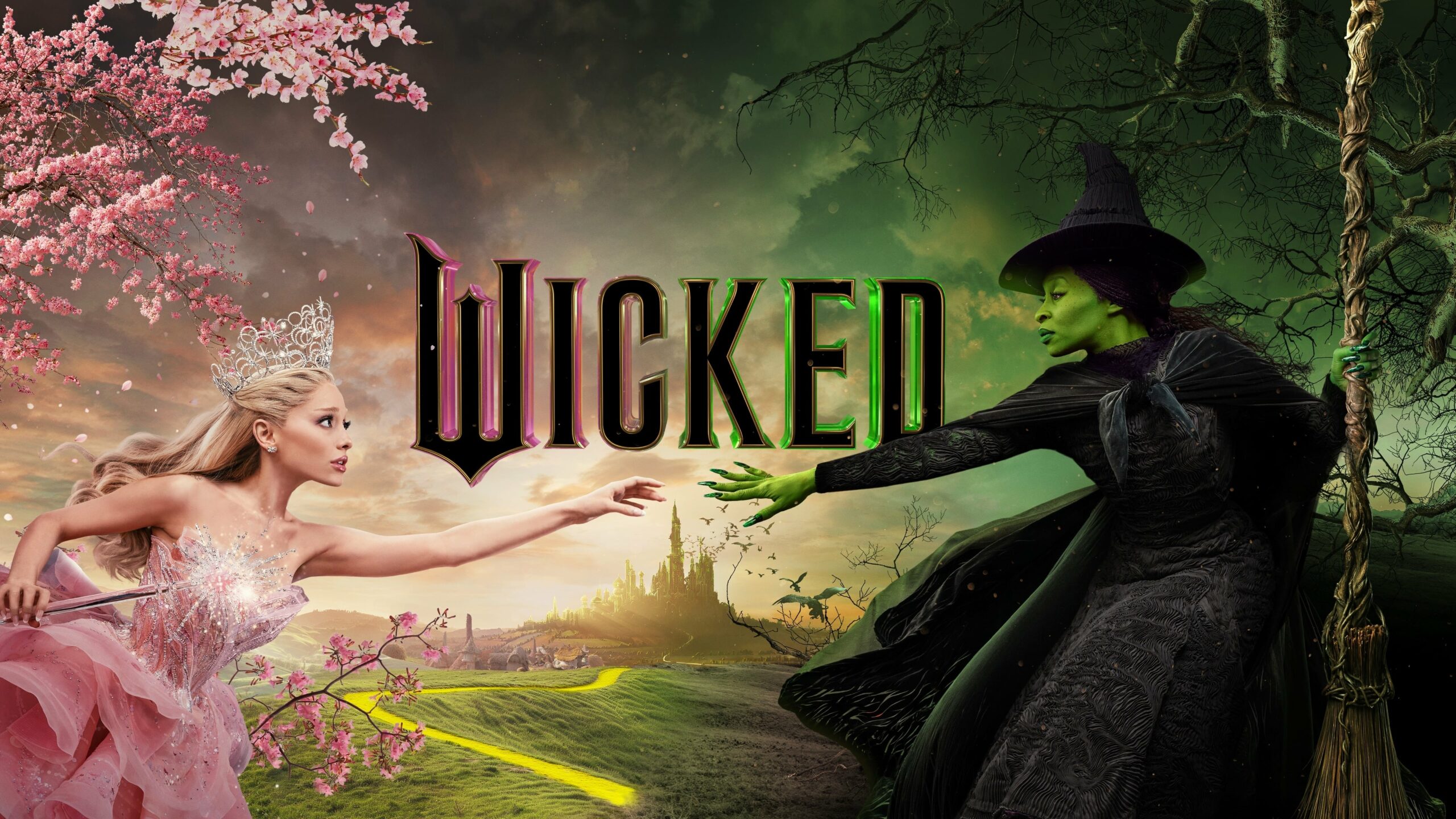
Latest Critic Reviews
Latest User Reviews
Critic Reviews
Details
Summary
By Cezanne Huq
The much-anticipated Joker: Folie à Deux arrives as a haunting sequel that dares to go deeper into the psyche of Gotham’s most infamous villain. As someone who appreciates the layered complexity of character-driven films, this one did not disappoint—although it may take you to a dark, musical underworld you weren’t expecting. The homage to the first Joker is evident, but this time, it goes even bolder, blending psychological drama with musical elements, making it a truly unique follow-up.
Homage to the First Film
Todd Phillips brings us back into the chaotic world of Arthur Fleck (Joaquin Phoenix), but with a surreal twist. The movie doesn’t shy away from calling back to the lonely, haunting landscapes of Gotham that we first saw in Joker (2019). The rawness is still there—the social decay, the palpable tension. However, Folie à Deux chooses to widen its scope, adding a more unhinged element, thanks in part to Harley Quinn’s introduction (played by Lady Gaga). If the first film was an exploration of Fleck’s descent into madness, this one explores the nature of shared delusions, making it less about the solitary pain of one man and more about the dangerous synergy between two deeply disturbed individuals.
Performances: A Dance of Madness
Joaquin Phoenix: Historically, Phoenix has always been a transformative actor—whether it’s Walk the Line or The Master—but his turn as Arthur Fleck is something else entirely. His portrayal in this film continues to astound, blending vulnerability with a terrifying unpredictability. Phoenix’s commitment to embodying the character again feels like a masterclass in method acting, especially given the musical interludes. There’s an ethereal madness to his dance sequences—somewhere between joy and agony—that brings a new dimension to Fleck. If you thought his Oscar-winning performance in the first film couldn’t be topped, this one might make you reconsider.
Lady Gaga: Known for her flamboyant, larger-than-life persona, Lady Gaga’s casting as Harley Quinn is an inspired choice. You might know her from her breakout role in A Star is Born, which earned her an Oscar nomination, but her history as a performer on stage and screen shows a range capable of handling this manic, vulnerable character. Gaga matches Phoenix’s intensity with her own unhinged energy, oscillating between seductive charm and violent instability. Her performance is like watching fireworks in slow motion—beautiful, chaotic, and utterly destructive.
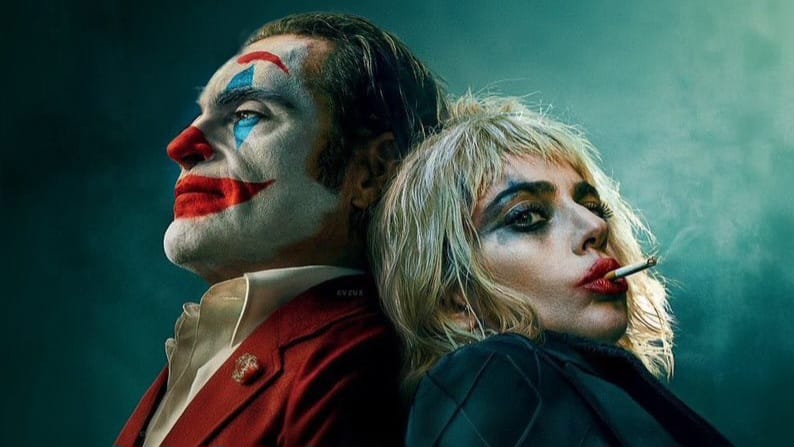
Music and Score: A Soundtrack to Insanity
Now, let’s talk about the music—because Joker: Folie à Deux is, surprisingly, a musical. At first glance, it sounds like an odd choice, but it fits the film’s erratic, dream-like atmosphere. The score, composed by Hildur Guðnadóttir, who also scored the original Joker, is nothing short of haunting. Hildur’s use of cello and sparse, melancholy orchestration keeps the tension simmering beneath the surface, just as it did in the first film. But this time, the soundtrack is interwoven with musical numbers that break into the story at unexpected moments.
Gaga and Phoenix engage in these strange, unsettling duets that serve as both plot devices and psychological explorations. The music is not your typical Broadway fare—think dissonant, haunting melodies that reflect the mental unraveling of the two protagonists. Hildur Guðnadóttir once again demonstrates her mastery in creating music that feels like a character itself, looming large over every scene.
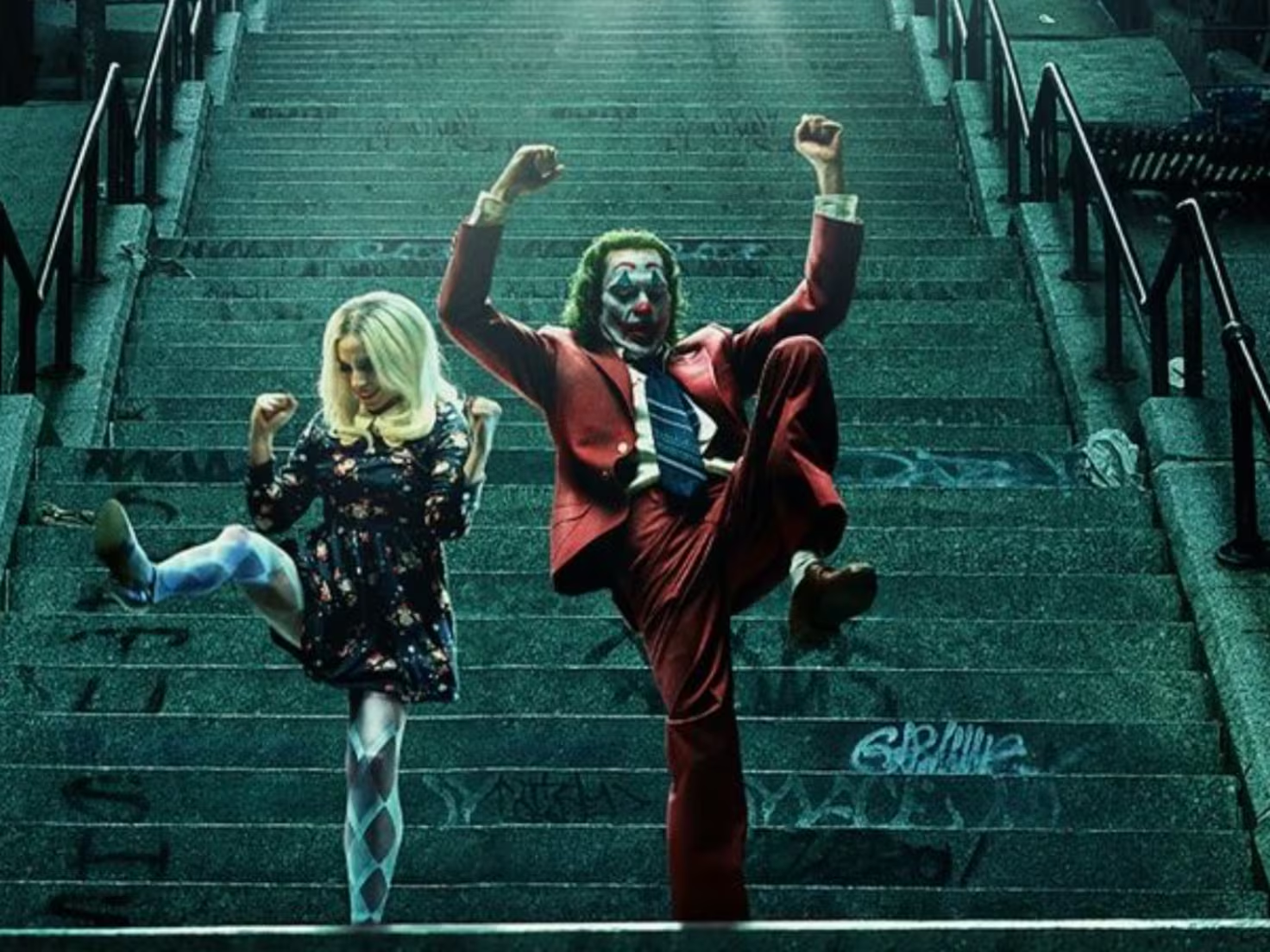
The Vision of Todd Phillips
Todd Phillips’ evolution as a filmmaker is nothing short of fascinating. He first made his mark directing comedies like The Hangover, but in recent years, he has shown an incredible shift in style. The success of Joker (2019) demonstrated his ability to navigate darker, more complex narratives. Historically, Phillips hasn’t been known for these types of psychological dramas, but he’s clearly grown into the role of a storyteller who can push boundaries, especially when it comes to character studies.
In Folie à Deux, Phillips expands on his original vision, taking more risks, particularly with the musical format. It’s a bold move to pivot a beloved film into such different territory, but it’s consistent with the tone of unpredictability that defines Joker’s world. Phillips’ directorial choices in this film reflect a deeper understanding of Gotham’s grim landscape, and while the film may not be for everyone, it is undeniably artful in its madness.
Should You Watch It?
So, would I recommend Joker: Folie à Deux? Absolutely, but with a caveat. If you’re expecting the same gritty, realism-heavy narrative of the first film, you might be surprised—this one is more avant-garde, more surreal. It’s a love story wrapped in a psychological thriller, packaged as a musical. That might be too much for some viewers, but for those willing to go down the rabbit hole of madness once again, this film offers a beautifully disturbing experience.
The best place to watch it? Find a theater with an exceptional sound system. The music is such a critical part of the experience, and it deserves to be heard in full surround sound, so you can feel every eerie note resonate through your body. IMAX would be ideal, particularly for the larger-than-life performances and the sweeping, haunting score.
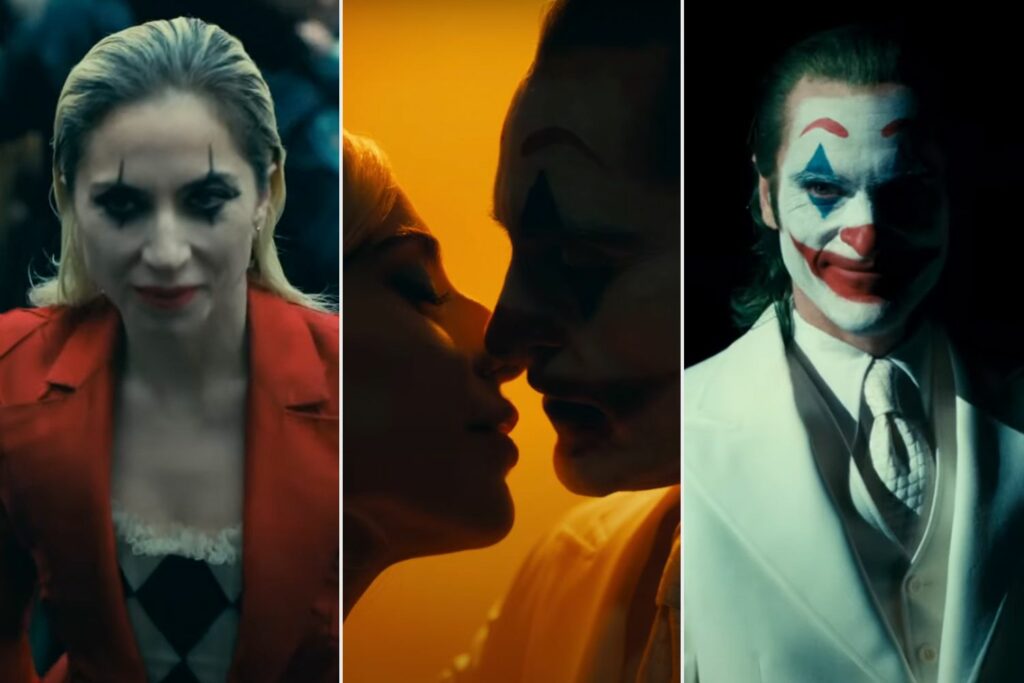
Final Thoughts
Joker: Folie à Deux isn’t just a sequel; it’s an experiment in form and genre. Phoenix and Gaga deliver career-defining performances, and Todd Phillips proves once again that he’s a director capable of taking huge creative risks. It’s a film that lingers long after the credits roll, like a fever dream you can’t shake. Whether you leave the theater loving or hating it, one thing is certain—you won’t forget it.
Related Movies
Related News


